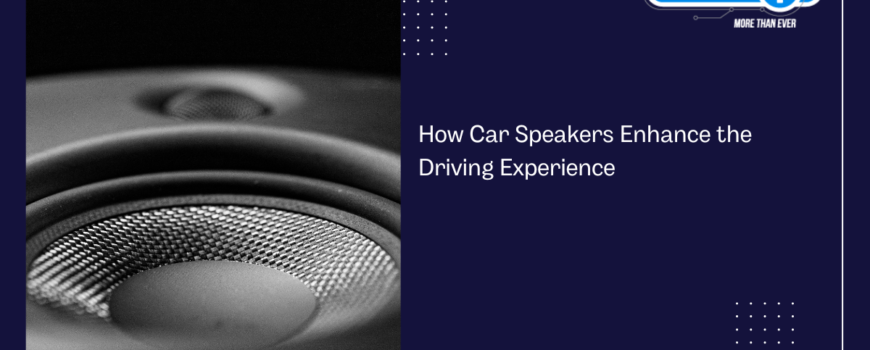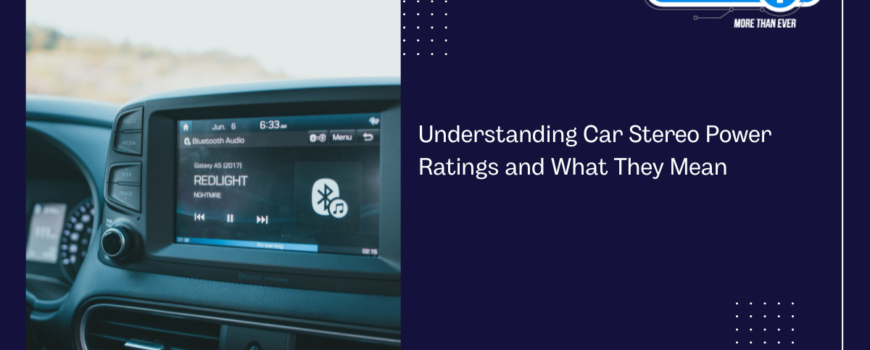Navigating the car’s blind spots is often tricky, so there should be a solution to get a complete view. Installing 360-degree car cameras can give you that all-around visibility and more. These advanced systems are not just high-tech gadgets; they offer safety benefits and practical features that make every drive more accessible and secure. Let’s list the reasons for upgrading to 360-degree car cameras for your vehicle.
What Are 360-Degree Car Cameras?
360-degree car cameras are advanced systems designed to view your vehicle’s surroundings and give a complete picture. Unlike traditional rearview mirrors or single cameras, these systems use multiple cameras mounted around your vehicle to create a bird’s-eye view of everything around you. This all-encompassing perspective is displayed on your car’s dashboard screen, helping you avoid accidents and make parking easier.
Here’s a quick overview of the components of a 360-degree car camera system:
· Front Camera: Mounted on the front bumper or grill, it captures the area in front of your car.
· Rear Camera: Positioned on the back of your car, it covers the area behind you.
· Side Cameras: Usually installed on the side mirrors, they monitor the areas next to your vehicle.
· Control Unit: Processes the images from the cameras and stitches them together to create a seamless 360-degree view.
Enhanced Saftey with 360-Degree Car Cameras
One of the advantages of 360-degree car cameras is their enhanced safety. With a 360-degree car camera system, you get a complete view of your surroundings, making blind spots a thing of the past. The comprehensive view helps you spot pedestrians, cyclists, and other vehicles that might be out of your direct line of sight, which helps avoid accidents.
The best part is how it assists with parking. Parking in tight spots becomes much easier with the bird’s-eye view provided by 360-degree car cameras, reducing the risk of bumps and scrapes. Recent studies show that vehicles equipped with 360-degree cameras have a lower rate of parking accidents compared to those without such systems.
Beyond just providing a view of your surroundings, 360-degree car cameras have several additional features that enhance their usefulness. Some models offer built-in dashcam features that record video footage of your drives. Advanced models, such as navigation or collision alerts, can integrate with your car’s existing systems.
Investing in a 360-degree car camera system might seem like a significant expense, but it can save you money in the long run. By helping you avoid accidents, 360-degree car cameras can reduce your insurance premiums. Some insurance companies offer discounts for vehicles equipped with advanced safety features, and vehicles with advanced safety features like 360-degree car cameras can have higher resale values.
Easy Installation Process for 360-Degree Car Cameras
You might think installing 360-degree car cameras is complicated, but it’s pretty straightforward. First, select a 360-degree car camera system that suits your vehicle’s make and model. Look for options with high-definition video quality and easy-to-use controls. Then, mount the cameras. Attach the front, rear, and side cameras to their respective positions. Most systems come with mounting brackets and adhesive pads for easy installation.
Connect the camera cables to the control unit and power source. Follow the provided wiring diagram to ensure correct connections. Adjust the camera angles and settings to ensure optimal coverage. Most systems offer on-screen instructions for this step. Check that the 360-degree view is working correctly and make any necessary adjustments.
To Sum Up
As technology continues to advance, 360-degree car cameras are becoming more sophisticated. Future systems will likely include even more features and improvements. Investing in a 360-degree car camera today means staying ahead of the curve in automotive safety and technology. By investing in a 360-degree car camera system, you’re not only enhancing your driving experience but also potentially saving money. It is a versatile addition to your vehicle.



